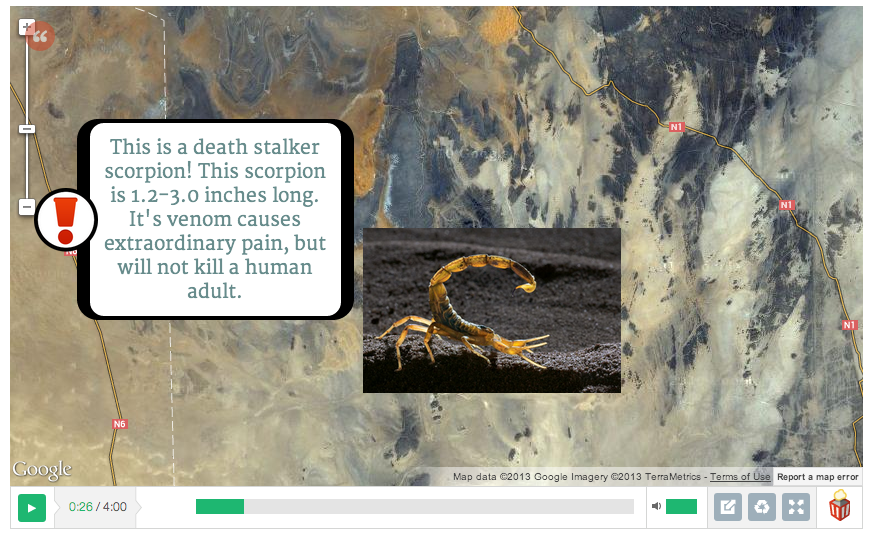I met James Paul Gee at Handheld Learning (HHL09) in London this fall. His keynote at HHL09 explored how gaming and immersive environments shape and/or facilitate learning. Gee has built a notable body of scholarship in this field, and his work shares common ground with scholar/thinkers such as Steven Berlin Johnson, Henry Jenkins, and Katie Salen (Institute of Play), among many, many others.
It was helpful to hear his voice, and his thinking and research on how gamers build impressive expertise and demonstrate mastery of nuanced skills, even though these very people may or may not succeed in “traditional” academic contexts. (Of course, defining success is another discussion.)
In his essay, “Digital Media and Learning as an Emerging Field, Part II: A Proposal for How to Use ‘Worked Examples’ to Move Forward,” The International Journal of Learning and Media (IJLM)), Gee describes his thinking re. “New Literacy Studies” and his efforts to build an understanding of the emerging field of Digital Media and Learning (DMAL).
Regarding the creation of this new field, Gee writes, “While within a discipline—like anthropology, for instance—people will compare and contrast different approaches in the discipline (usually a new one against an old or traditional one), people do this much less commonly across disciplines.” He suggests that we can add coherence to DMAL as an emerging field through a cross-disciplinary approach.
This makes good sense: a cross-disciplinary approach loosens strictures and broadens the resources from which the emerging field can draw, it adds new and diverse perspectives to the intellectual talent pool, and it acknowledges that there are myriad forces already gathering with/in the field.
To promote scholarly collaboration, Gee also proposes creation of “play exemplars.” While more established disciplines have had “worked examples” to use as models, teaching tools, foundational examples, etc.; DMAL, in its nascent form, would purposefully create “play exemplars,” opportunities for the community to engage with and accelerate the growth of field into discipline through the act of play. The DMAL community would hack and tinker.
So, as Gee writes, “What is important about such exemplars to an emerging field is that they focus debate in such a way that people, via that debate, come to articulate and share a common set of standards and values. These standards and values in turn form the foundation of the new field.”
This is intriguing: Gee acknowledges the field-building process, then asks a nascent, hybrid cross-disciplinary DMAL community to accelerate creation of exemplars through debate, through play. It’s as if to say, instead of waiting, instead of using olde timey measures of scholarly production, let’s build some prototypes so we can experiment and get messy, thereby discovering what works. Let’s get our hands dirty now, not later.
Beyond possible echoes of Barthes’ and Derrida’s concepts around free play (and I do think there are some productive overlaps here), this proposal mirrors Gee’s broader thinking on games. Games are meaningful contexts for learning, so why not facilitate the field’s growth through play, through “play exemplars,” through playing a game?
Gee’s essay, then, becomes an invitation, an offer to join in a playfulness. The essay is an act of play in and of itself. A dare and a risk.
And I think there is risk here, a vulnerability at stake. When we play, we reveal. We reveal thought, strengths and weaknesses, creativity, problem solving, inter/ra personal relations, emotion, and our own limits and prospects. We open ourselves to a willingness to let lose. And this, I believe, is fertile ground.
“I propose that we pretend we are experts in a field that as of yet has none. I propose that we treat each other as students working over problems as if they are well established even if they are not, so we actually know concretely what each other think and value, as a starting point, not a finished point.”
Our understanding of learning in the 21st Century is changing and/or will change radically in the very near future. Former models of teaching, scholarship, authorship, intelligence, etc., in a digital context are coming apart and being redefined. (See EduCon, for example.) Gee’s proposal, to accelerate creation of a field of study through game, makes sense on many levels, most important being that we cannot wait any longer for the academy to catch up.
–Richard Scullin, MobileEd.org
 We wanted to see what students would do if they were given the chance to curate a local museum and share their experiences with peers back at school. Karin Stack, local charter school art and digital teacher at Berkshire Arts and Technology School (BART), agreed to bring several teams of middle school students to the Berkshire Museum in Pittsfield, MA.
We wanted to see what students would do if they were given the chance to curate a local museum and share their experiences with peers back at school. Karin Stack, local charter school art and digital teacher at Berkshire Arts and Technology School (BART), agreed to bring several teams of middle school students to the Berkshire Museum in Pittsfield, MA. We’ll have more extensive data and feedback to report in the near future!
We’ll have more extensive data and feedback to report in the near future!













